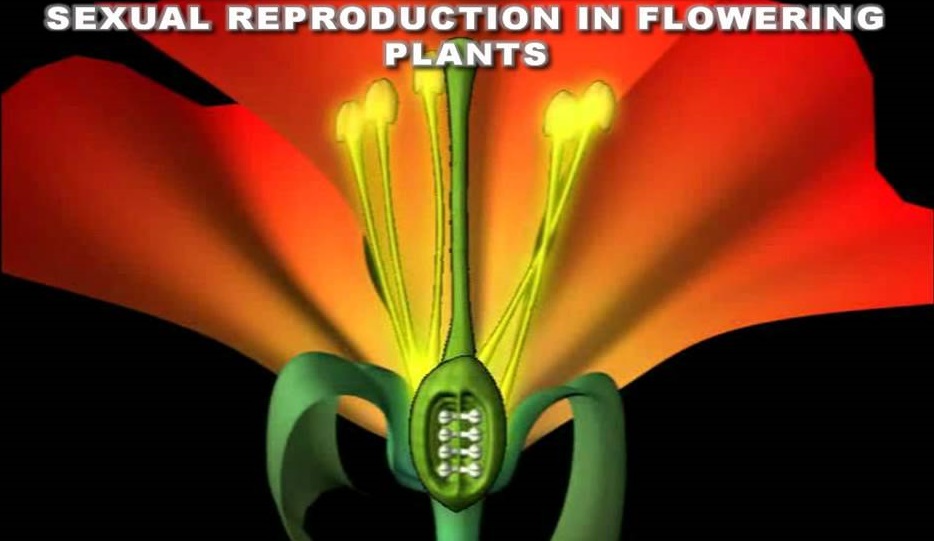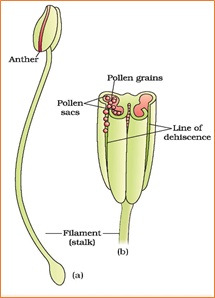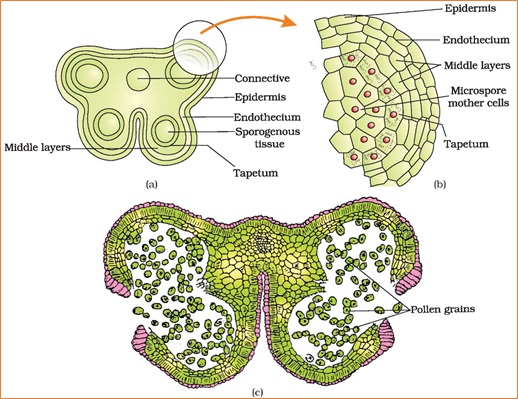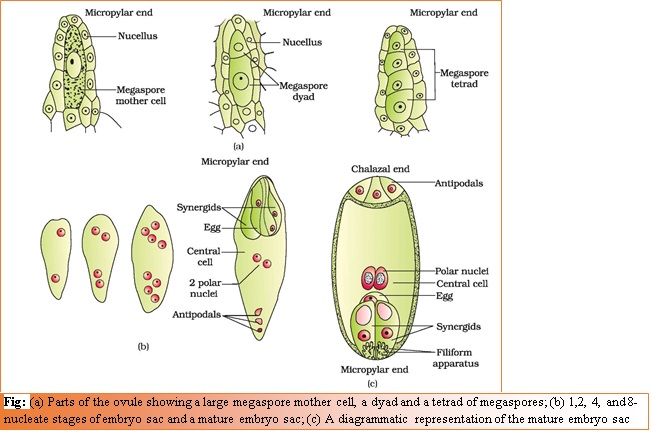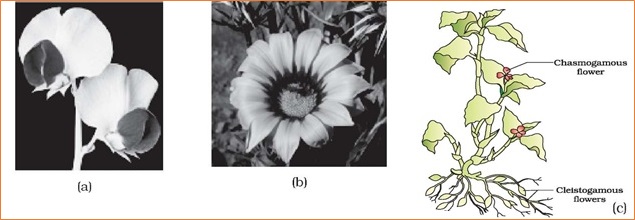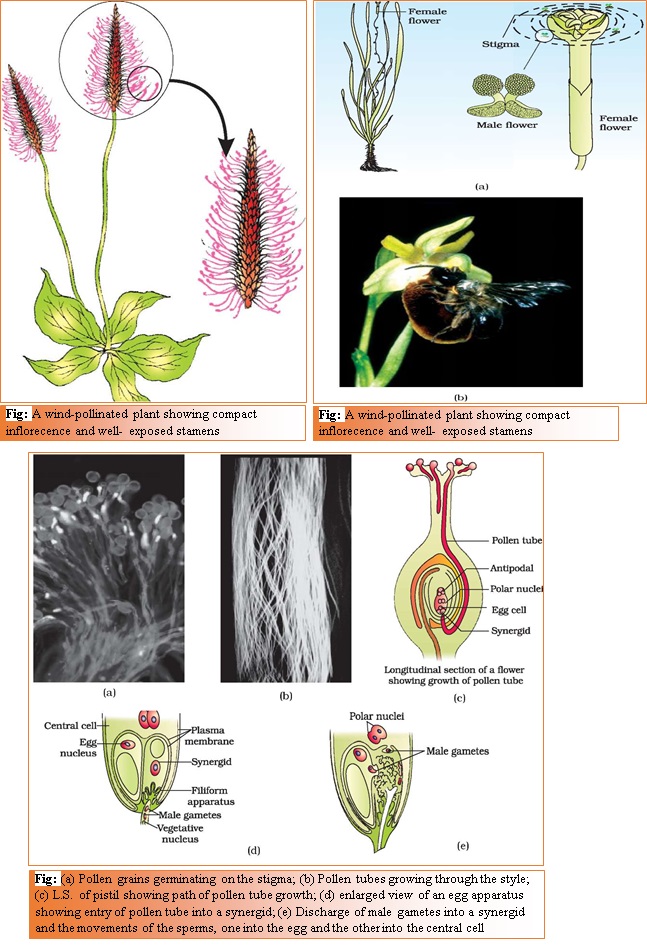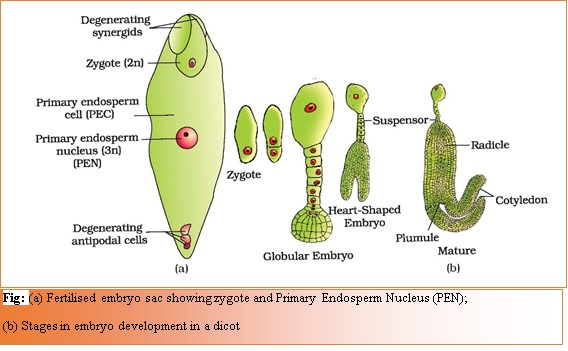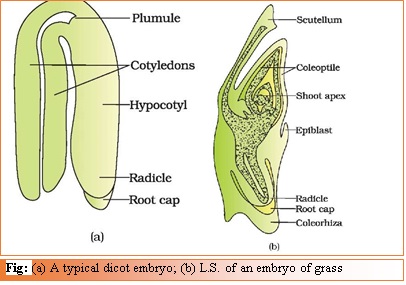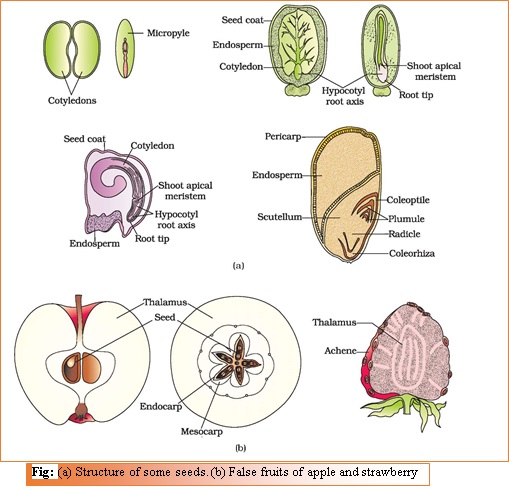How to prepare for NEET in last 6 months
“Winter is coming” but now winter has finally arrived and as the exam days are nearing, anxiety level is increasing. Now preparation is entering into final phase and mind is clouding with fear of unknown. New questions are arising in mind, so in this article I will try to tackle some of these questions –
What should be my strategy for last six months? Should I solve the questions or read the theory?
Regarding strategy every individual has a different way of study, so you should decide your own strategy. But there are certain things you should follow.
- Read NCERT at least 4-5 times thoroughly. Remember most of the paper will be from NCERT itself, so if you must complete NCERT 4-5 times and also take note of examples, terms, diagrams and labelling.
Don’t stop if you have done so because, you will find new things in NCERT even if you are reading it carefully 7th/8th/9th time. So read NCERT daily.
- Solve papers of AIPMT/NEET (2007-17), AIIMS (2007-17), AIEEE/JEE mains (2011-17 phy and chem) at least twice.
- Give attention to each subject equally.
- Prepare a notebook in which only write those things, formulas, terms, examples, facts which you are forgetting regularly. Keep revising this notebook. Read this notebook on the day before exam and on the day of exam. It will help you much as it contains all those things which you do not remember.
- Stay positive!!! Keep away the negative factors like mobile (Facebook, WhatsApp etc.), TV, internet, movies, party and gossiping friends.
- Some friends always talk like how will we get selected, it’s too tough and other negative things. Stay away from these.
Some students ask me about my favoured strategy… so here it is!!!
According to me your syllabus should be completed or nearing completion. If it is not, then try to finish it as soon as possible.
Now here is the strategy to solve papers… you should start solving past year papers regardless of your syllabus condition. Don’t wait for syllabus to be completed. Believe me it’s never gonna happen, as some part of your syllabus will be left here and there.
Now there is a method of solving past papers.
First starts with recent papers (2016-17). Starts with one paper a week. It’s easy and practical to do.
Let’s assume… you solved paper on Sunday. It will take 3-4 hours to solve and 1 hr to check and analyse. Don’t worry about time, take as much time you needed as it’s the first paper and our focus is more on solving more questions for now. Try to attempt as many questions you can. Try to take some calculated risk too. Now check the paper and see how many questions are right/wrong/left.
Suppose you solved only 10 questions of physics and 15 of chemistry and 40 of biology.
Now divide your remaining 6 days of week accordingly. Like
Monday – 20 Qs of physics (around 60% of wrong+left); solve these questions by going through the theory not by seeing the solution. First read the theory of these question and try to solve by yourself. If you can’t then only take help of solution, teacher or friend. Now suppose 10 qs you solved yourself and 10 with the help.
Tuesday – remaining 15 Qs of physics and 10 Qs of Monday which you didn’t solve yourselves. Again same procedure.
Wednesday, Thursday – same schedule for chemistry.
Friday, Saturday – same for biology.
2nd week – start 2nd paper and you will be able to solve more questions than last week.
Gradually you will be able to solve more and more questions. And then you can solve more papers per week.
It will take 2-3 hrs daily. In remaining time, you can read according to your way.
Look, paper solving is must and it should start now as I have mentioned 33 papers and you will solve them atleast twice so total 66 papers. Now around 170 days are remaining in exams and so u have around 2-3 days for each paper only.
How many questions will be from NCERT and what about those which are not from NCERT?
As syllabus for whole paper is syllabus of CBSE, so paper will be based on NCERT. Paper of biology and organic, inorganic chemistry will be mostly directly from NCERT.
But again, why should you believe me? What about your friends who are saying “NCERT to sabhi padte h, selection lana h to kuch alag padho”.
Well, I will say don’t believe on anyone. Solve past papers and find out yourself. You must be done with NCERT so you will be able to find the questions from NCERT.
Now in above mentioned strategy of solving papers, you will find some questions which are not from NCERT. Take note of these and read the theory about these from books or internet. It will help to cover the subject better.
What will be cutoff?
To have an idea of previous year cutoff is very impotent. NEETcutoff is generally around 75%.
Now to get 75%, you must solve 85-90% questions (150-160 Qs). So you have to take risk in exam.
I prefer studying in night, should I prefer early morning study instead?
Although morning study is better, but I will suggest that you should study at your suitable time, when your efficacy is best.
So, in the end I will suggest you to study in a smartly planned way.
“work hard, work smart”. REVISION is the key. All that you have read is a waste if you don’t revise it. so, make sure you keep revising everything you have read.
All the best for your exams.
for any further information..
please contact us on facebook page or comment section here
Dr. Anurag mittal



